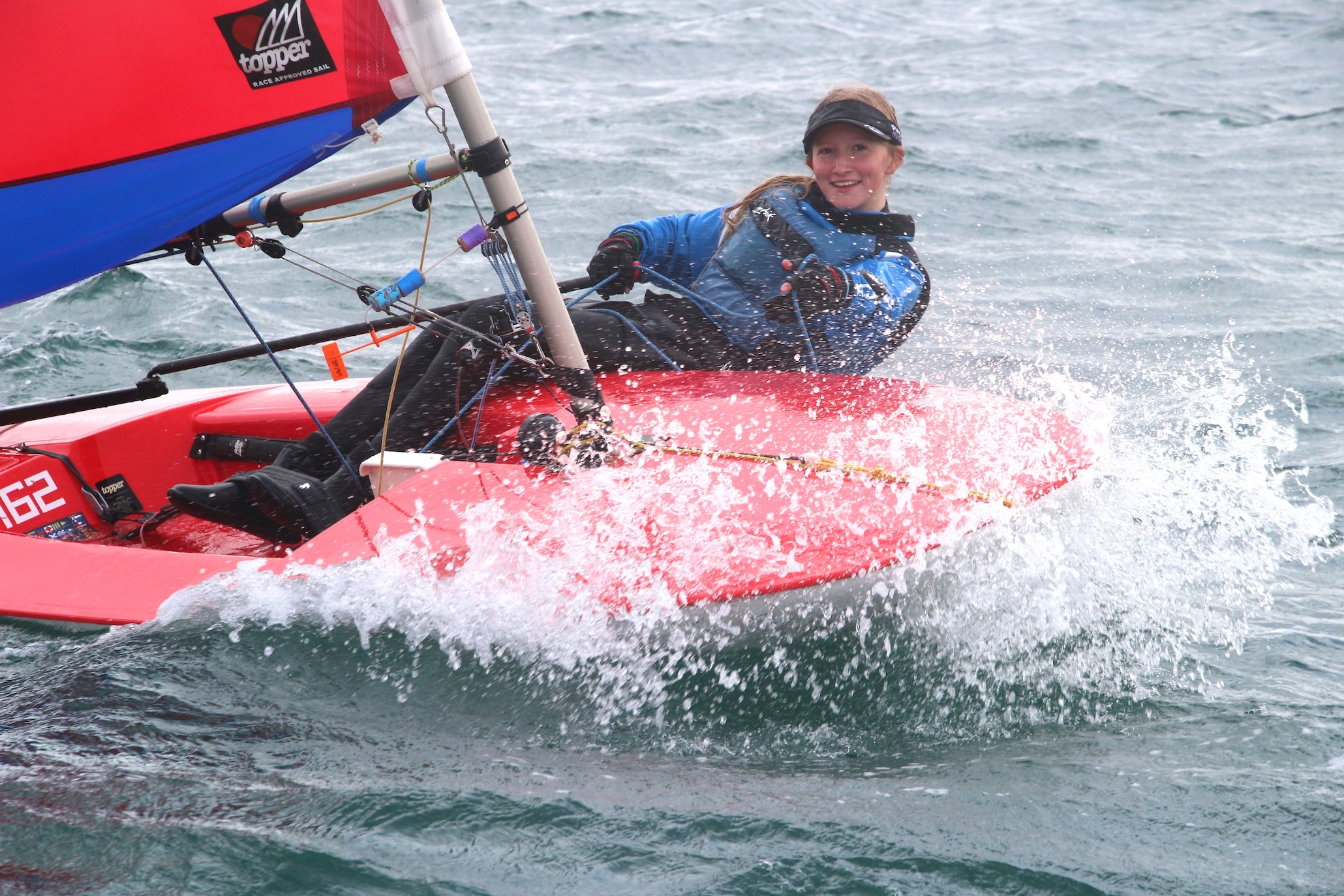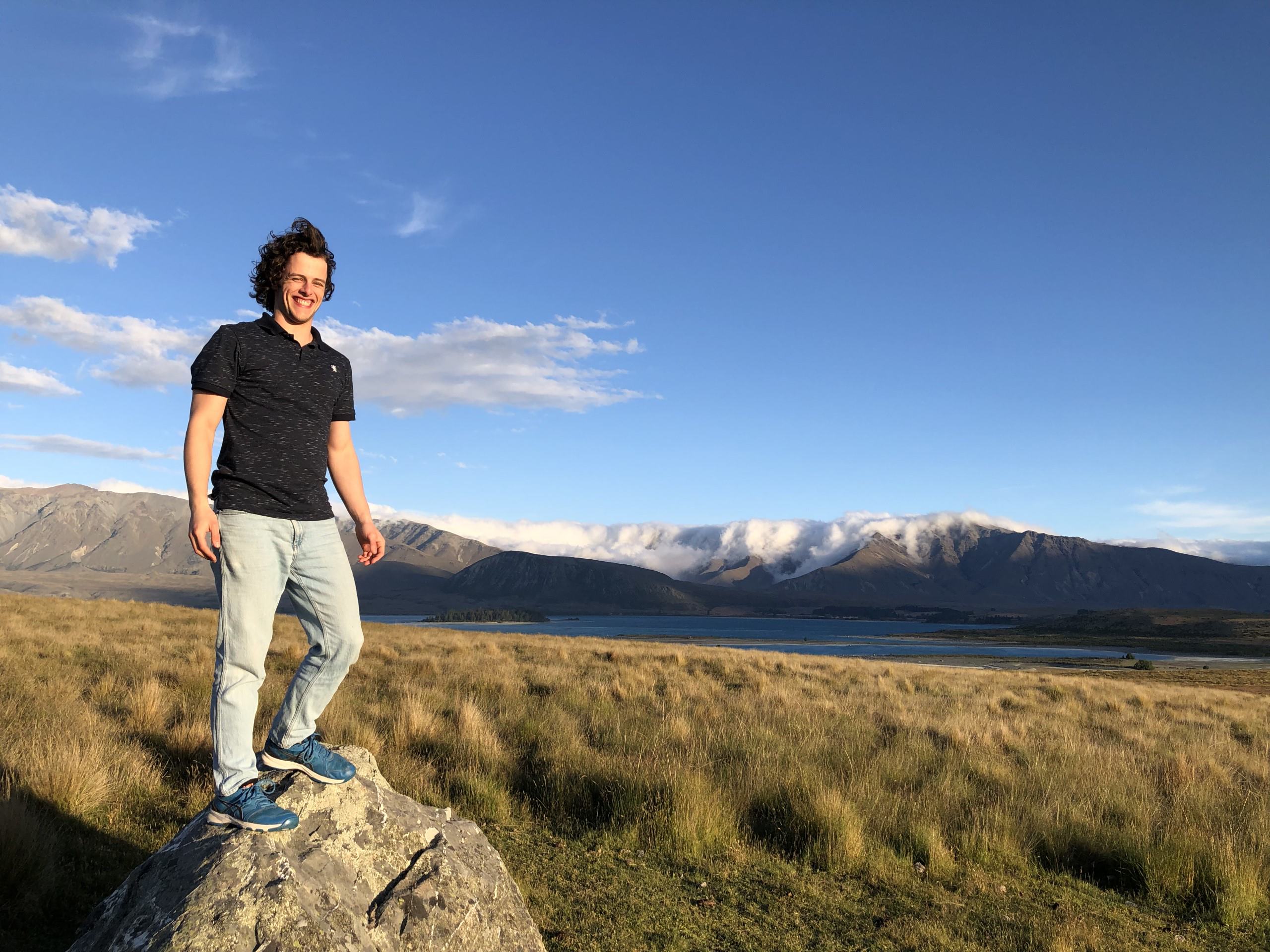
Hair Cell Regeneration in Hearing Loss with Zebrafish
October 19, 2022
Using Phonak Roger SoundField in the Classroom
October 28, 2022A life with hearing loss and Glycogen Storage Disease

A USA Gymnastics Junior Olympic Level 2 athlete, seven-year-old Phonak hEARo Xena Thompson is balancing a life with bilateral hearing loss and Glycogen Storage Disease. Watching the Pennsylvania resident on the gymnastic mats, executing a handstand and spinning over the bar perfectly, you wouldn’t think for a second that this little girl was any different from other girls her age. Only you would be astounded by her talent and ambition.
Look more closely, and you will see fashionable pink hearing aids tucked behind her ears and a microphone discreetly being worn by her coach. She also uses a device called a Dexcom to measure her glucose levels.
Failed Hearing Screening
Xena Thompson has hearing loss and Glycogen Storage Disease. Her hearing loss journey began when she failed her hearing screening after being born via Cesarean section. Initially, the hearing screening was dismissed by her physicians. They assumed the poor result was due to fluid buildup in the ears after the surgery. A month later, she failed the follow up hearing test.
“It was after that test, the fact that Xena was deaf started to become real,” her mother Elizabeth Thompson said. They started to see an ENT and an audiologist.
Countless diagnostics were run in search for answers, testing for specific illnesses and genes. Whole exome sequencing was even conducted. Nothing yielded the answers they were looking for. However, a CT scan revealed Xena also had bilateral semi-circular canal dehiscence (SSCD), which can cause balance issues, including vertigo.
Insurance Issues and Delays
Due to insurance restrictions, the Thompsons had to switch to a different medical system that could supply Xena with hearing aids. The new medical facility ran further tests and determined she only had a mild high frequency hearing loss. That vastly differed from what they were originally told, so they got second and third opinions. All outside providers agreed that she had a much worse loss, but they were restricted to using the facility that was contracted with the insurance company.
After working with a speech therapist for two years with little language development, and having Xena evaluated by a neurologist to rule out any neurological causes hindering her language development, her parents decided to find a new audiologist at a different healthcare facility. Thankfully, Xena was paired with an amazing audiologist at one of the top children’s hospitals in the country.
Her new audiologist determined Xena had bilateral mild to moderately severe to mild cookie bite sensorineural hearing loss. This means that in very high and very low frequencies, her loss is mild, but in the middle frequencies (often referred to as the banana curve of speech) she has a moderately severe loss. This explained why Xena’s language development was not progressing. Unfortunately, Xena was improperly amplified for almost two and a half years. Her hearing aids were working as ear plugs until they were properly programmed.
Read more: What is cookie bite hearing loss?
Many Questions
“When we first learned that Xena had SNHL, our hearts sank,” her mother said. “We were devastated. Both my husband and I cried and were left confused, as neither of us had immediate relatives with hearing loss.”
They had many questions: Would the hearing loss get worse? How would people treat her? Would she be bullied for wearing hearing aids, would she be able to appreciate music the way both of them did, and would she have difficulties learning to speak?
“Little did we know that our sweet little girl would be just fine, and she would later learn to make her own mark on the world,” her mother said.
Little did we know that our sweet little girl would be just fine…
Hearing Aids
Xena has only used Phonak hearing aids since she was outfitted at six months. She currently wears Phonak Sky Marvels. To accommodate Xena’s hearing loss, her parents had to learn what worked and what didn’t. To prevent Xena from losing her hearing aids at the gym (in the foam pit), they are connected to a headband (called ear suspenders), so they do not flop around and come off.
Xena’s audiologist introduced the Thompsons to the Roger Touchscreen Microphone. In fact, her audiologist programmed her Roger specifically to accommodate her at gymnastics. When the Roger microphone is on, her hearing aid microphones are turned off. She can only hear her coach through her hearing aids. When the Roger microphone is muted, the microphones on her hearing aids are turned back on and she can hear her teammates around her (while the coach is muted).
Hearing Loss Challenges
Being a gymnast with hearing loss is not easy. There were many challenges, particularly in the beginning of Xena’s gymnastics career. They had to face negativity, like being told gymnastics wasn’t right for her and she would never make it. They were encouraged to put her on a different training track because it would have been easier for the coaches.
Floor routines are also challenging, because Xena can’t hear the floor music – even with her hearing aids. No verbal cuing is allowed. She has to rely on hand signals from her coach. Xena adapted quickly and successfully competed at her first meet recently. As she progresses through the USAG junior Olympic levels, she will eventually be able to select her own music, which will most likely have a ton of bass.
Roger Made a Difference
When Xena’s equipment failed and she had to get new hearing aids and receivers, her parents were told by people with no background in audiology that she could hear without hearing aids and that she just wasn’t picking up the skills at the gym. Each time, they advocated for her and would not compromise.
Once Xena received her new equipment, things changed. People realized that she really could not hear without her hearing aids. They noticed the difference with Roger. It became clear that that Xena had been relying on visual cues and lipreading up until then to learn skills. After she started using the new equipment, Xena started learning skills quickly, which her mom said was amazing to see.
Using Roger
Learning how to use Roger did mean a learning curve. Thompson said the coaches had to get a hearing loss crash course. They had to learn how to position the Roger for optimal audio, when to mute it, have it on, etc – a lot to remember. Sometimes, people forgot that Xena could hear everything when the Roger was on, and she had to process everything that she was hearing. Eventually, this became overwhelming for her. Some people also didn’t want to use or wear Xena’s equipment. Both the Roger and Dexcom are needed for her to stay safe and lead an inclusive life.
“My husband and I had to explain to Xena the importance of advocating for herself and how these things may seem difficult now, but they are going to make her a stronger gymnast later,” Thompson said.
“Another Phonak Hearo said it best,” Thompson said. “People can deal with wearing the equipment for a few hours because Xena must wear it for the rest of her life. These words put a lot in perspective for me and reenergized me to continue to educate and advocate for others in hopes of creating a more inclusive society.”
People can deal with wearing the equipment for a few hours because Xena must wear it for the rest of her life.
Read more: Being a gymnast with hearing loss
Glycogen Storage Disease
Unfortunately, hearing loss isn’t the only condition that Xena has. Due to her small stature, she frequently had blood tests. One panel that was commonly ordered included her glucose level. Several times, it was flagged as low. Her parents started testing her at home and discovered she was experiencing low blood sugar multiple times throughout the day.
After completing several diagnostic procedures and basic genetic testing, Xena was diagnosed with Idiopathic Ketotic Hypoglycemia. However, the pediatrician suspected she might have a rare disease called Glycogen Storage Disease (GSD). He ordered a more in-depth genetic panel. After receiving results that Xena had the PHKB gene, her pediatrician consulted with the leading researchers for GSD to confirm diagnosis and discuss treatment and prognosis. Xena was diagnosed with Glycogen Storage Disease Type IX-b a few months before her fifth birthday.
What is Glycogen Storage Disease?
This week is actually Glycogen Storage Disease Awareness week! Glycogen Storage Disease is such a rare disease that many people are unaware that it exists. In fact, it is so rare that the Thompsons travel with emergency papers explaining it. Many doctors heard of it in medical school but have never seen it in person, nor do they have experience treating it. In Glycogen Storage Disease, glycogen is not properly metabolized into glucose, so sugar does not make it to the bloodstream. There is a build up of glycogen in the muscles since the carbohydrate is not being broken down. This leads to the body being in a ketotic hypoglycemic state.
Xena has to maintain a high protein, low carbohydrate diet to prevent her body from reaching a low glucose state. Protein is also able to be broken down into glucose, but Thompson also has to take cornstarch every eight hours to sustain her body’s energy. Reducing carbohydrates is vital to prevent glycogen from building up in her muscles, which causes muscle cramps and other symptoms. If she is unable to maintain an adequate protein intake, she may need to have a g-tube placed in the future. She drinks a mixture of cornstarch and water every eight hours to sustain her between meals.
Constant Monitoring
Xena wears a DexCom device — a continuous glucose monitor — which checks her glucose levels every five minutes. Whether sleeping or during gymnastics, this monitors her glucose levels in case immediate treatment is needed. Her coach wears a monitor during practice and is trained to provide treatment. Her mother is also at every practice and meet. And despite the device, she has her blood checked every day – sometimes as many as 20 times.
Unfortunately, hypoglycemia is unpredictable and Xena can drop very quickly. She doesn’t experience any warning signs. Sometimes she has to go to the hospital for days-long treatment.
Perseverance

The girl who also loves listening to music and playing Fortnite and has light pink hearing aids says her favorite subject in school is science. Her favorite part about her hearing loss is being able to stream music via Bluetooth. When she grows up, she wants to be a gymnast and a doctor to help kids like her.
She’s already influenced her teammates, who have started advocating for her. When they notice that Xena’s Roger is muted, they tell the coach that she cannot hear. Thompson said it is inspiring to see 5-9-year-old girls who know how to use Roger. They sit with her when she has her blood tested.
“Considering all of Xena’s medical conditions, especially the ones that cause balance issues like the SNHL, SSCD, GSD, and Anisometropia, Xena should not be able to do gymnastics, a sport where balance and body control are fundamental skills,” her mom said. “To think, Xena couldn’t walk until she was 18 months old, after working with a physical therapist, and now she is doing gymnastics… it blows my mind. However, Xena works very hard to defy the odds and make gymnastics an inclusive sport.”
Xena works very hard to defy the odds and make gymnastics an inclusive sport.
Advice for Other Coaches
When asked to describe Xena, her mother said she has a great sense of humor and a kind heart, like her father. She’s intelligent, witty, and very sassy. Xena is also a hard worker, highly motivated, and refuses to give up. “She does not let her medical conditions stop her from achieving her goals, and she is determined to defy stereotypes,” Thompson said. “Her perseverance through adversity is admirable.”
Xena’s coach Michelle Stetler has taken the time to get to know Xena and understand her medical conditions. When asked what advice she has for other coaches of athletes with hearing loss, she said to learn about the individual athlete’s hearing loss, the challenges they face daily, the equipment they use to assist them in hearing, their personality and how they react to specific situations.
“Learn about how that all relates to the environment of the gym and specific events and skills they are learning or performing,” she added. “Having a better understanding will help you think outside the box and adapt to what will work best for the athlete in order for them to learn and succeed.”
Advice for Other Parents
In terms of advice to other parents, Thompson said to have a good working relationship with the medical team. Believing in your child is also important. You must be their biggest advocate and teach them how to advocate for themselves.
“Despite the health conditions your child may face, they are still your child,” Thompson said. “They are perfect the way they are. Does hearing loss make some things hard…yes, but it does not make them impossible. If you believe in your child, you will be amazed by the things they will achieve. The world is tough, but they will be ok if you prepare them for it. I watch my daughter break down barriers every day. Sometimes I look back to when she was first diagnosed, and I laugh at myself. I was so worried about unnecessary things. If her hearing loss doesn’t bother her, it shouldn’t bother me either. She has taught me so much.
However, there are going to be times when your child may not be accepted, or adults may not want to put in the extra work to accommodate them in an activity. Please, do not settle. Advocate for inclusion and acceptance. Teach people about hearing loss and how they can help your child. When we know better, we can do better.”



